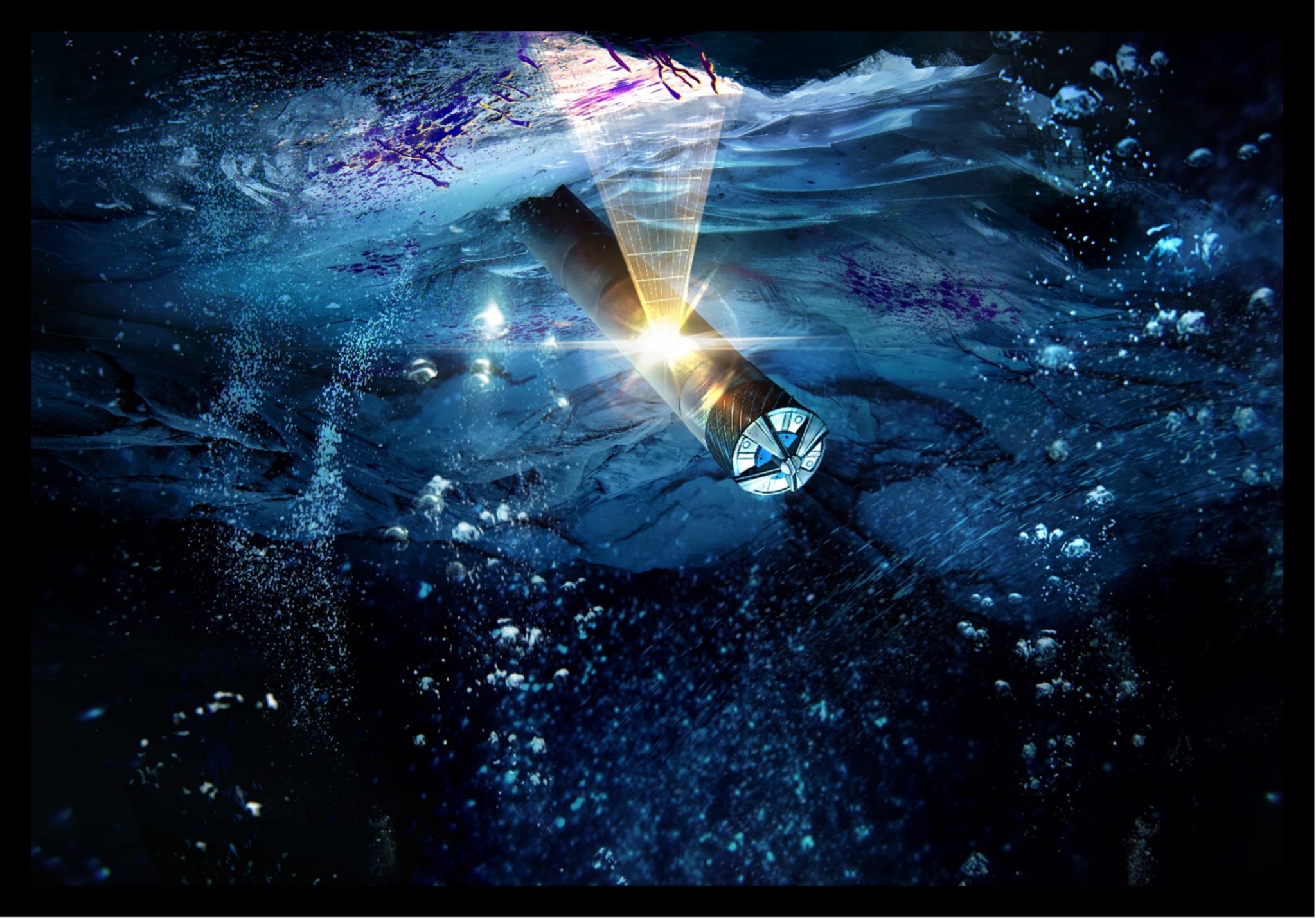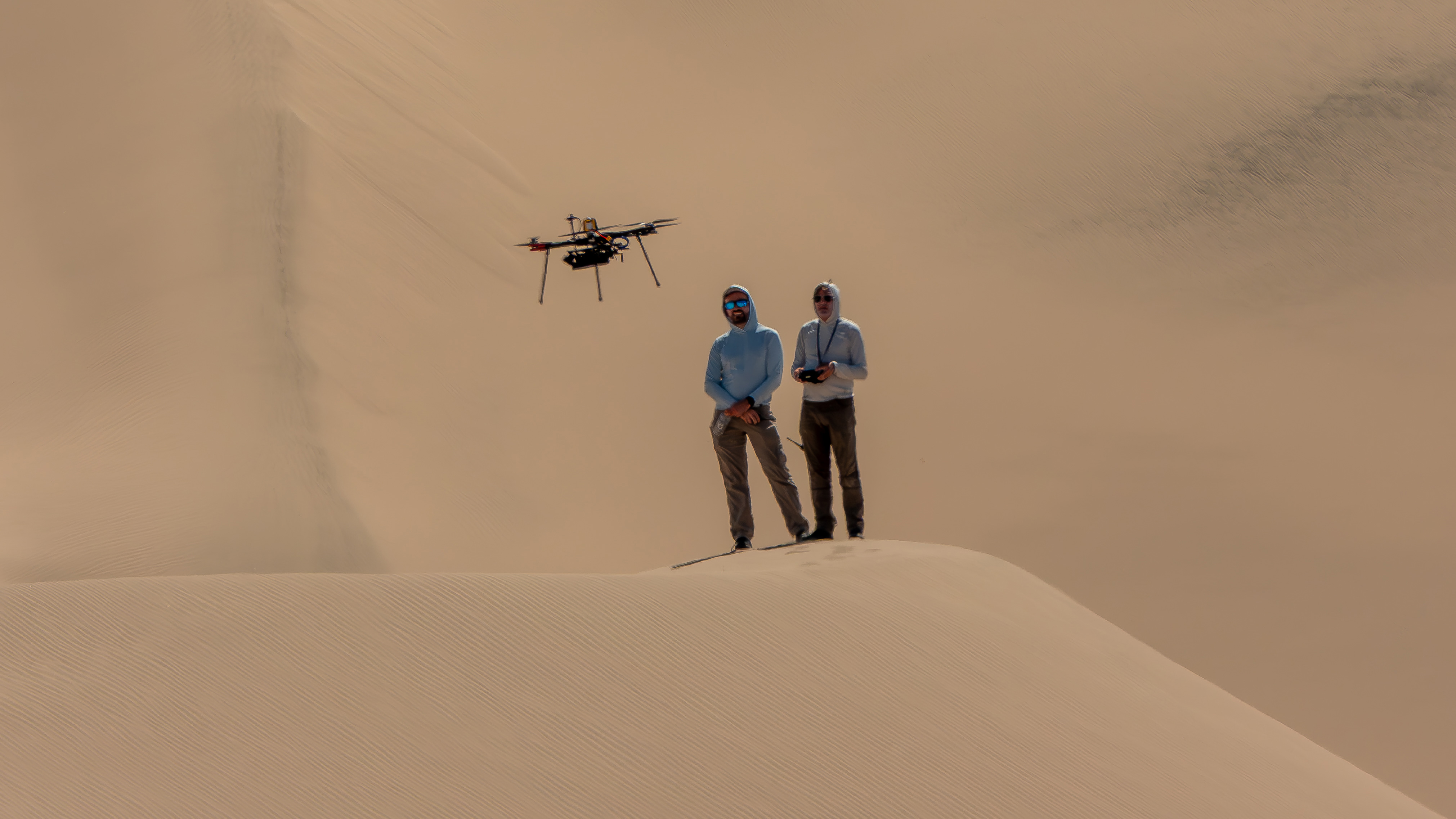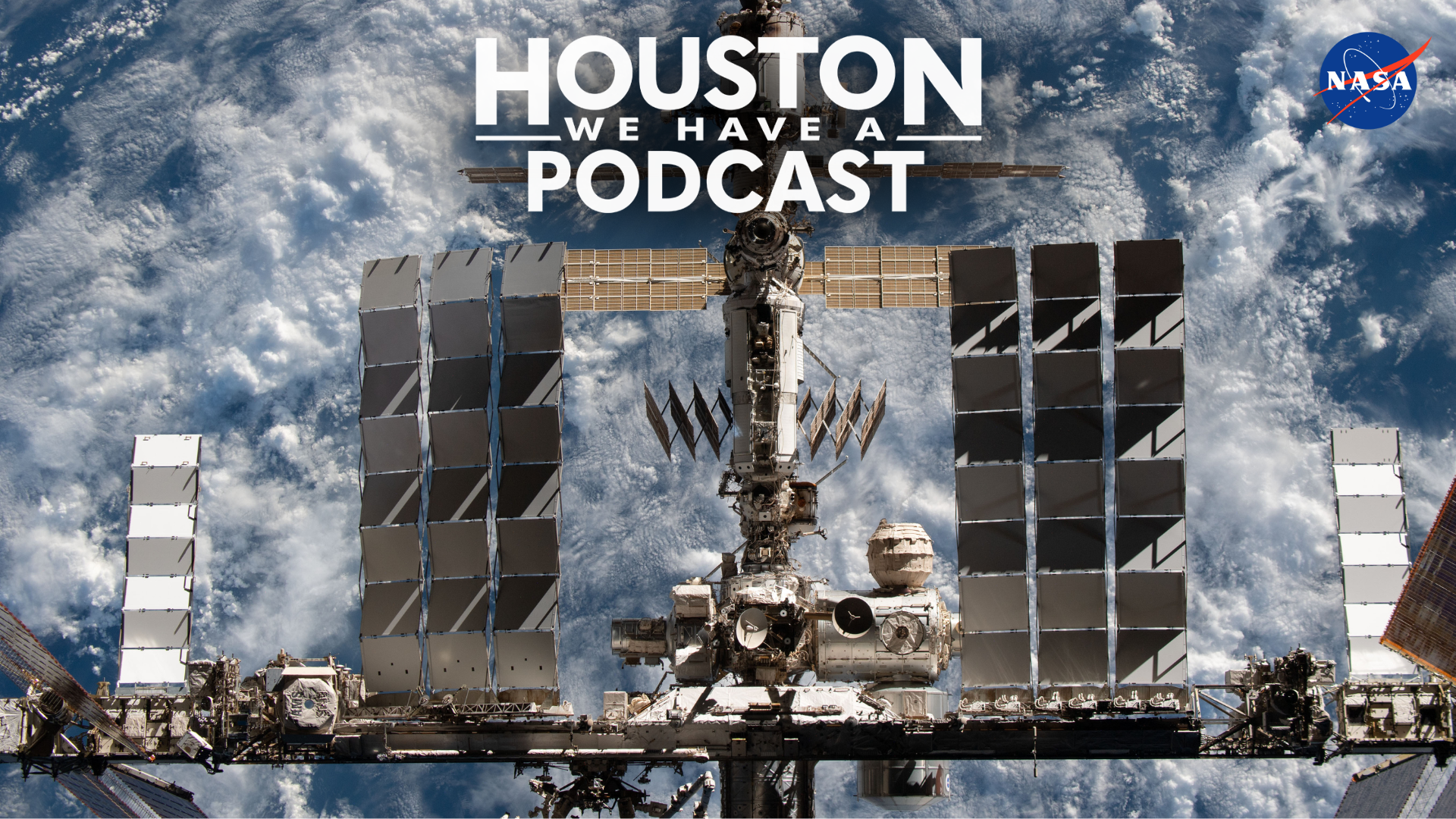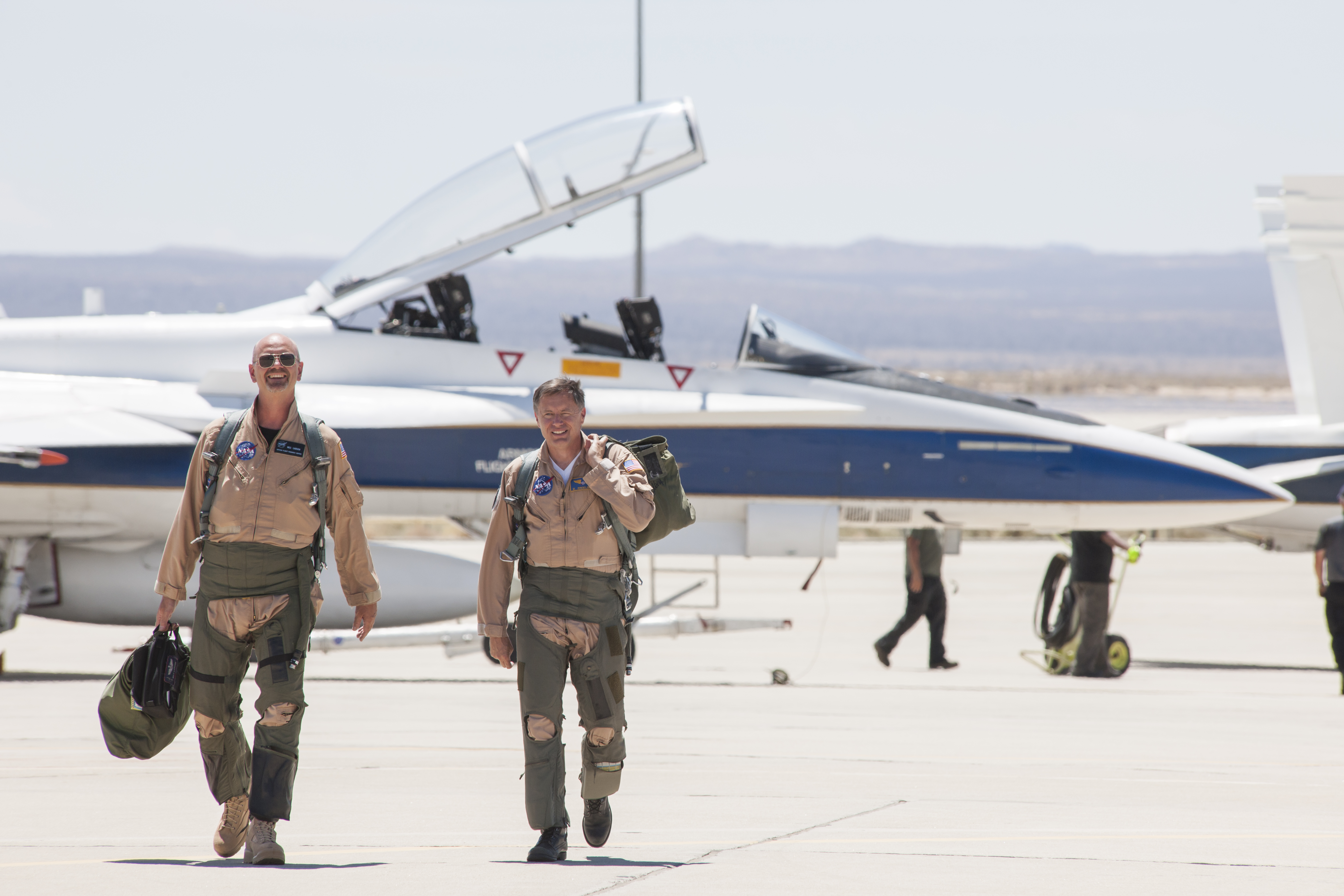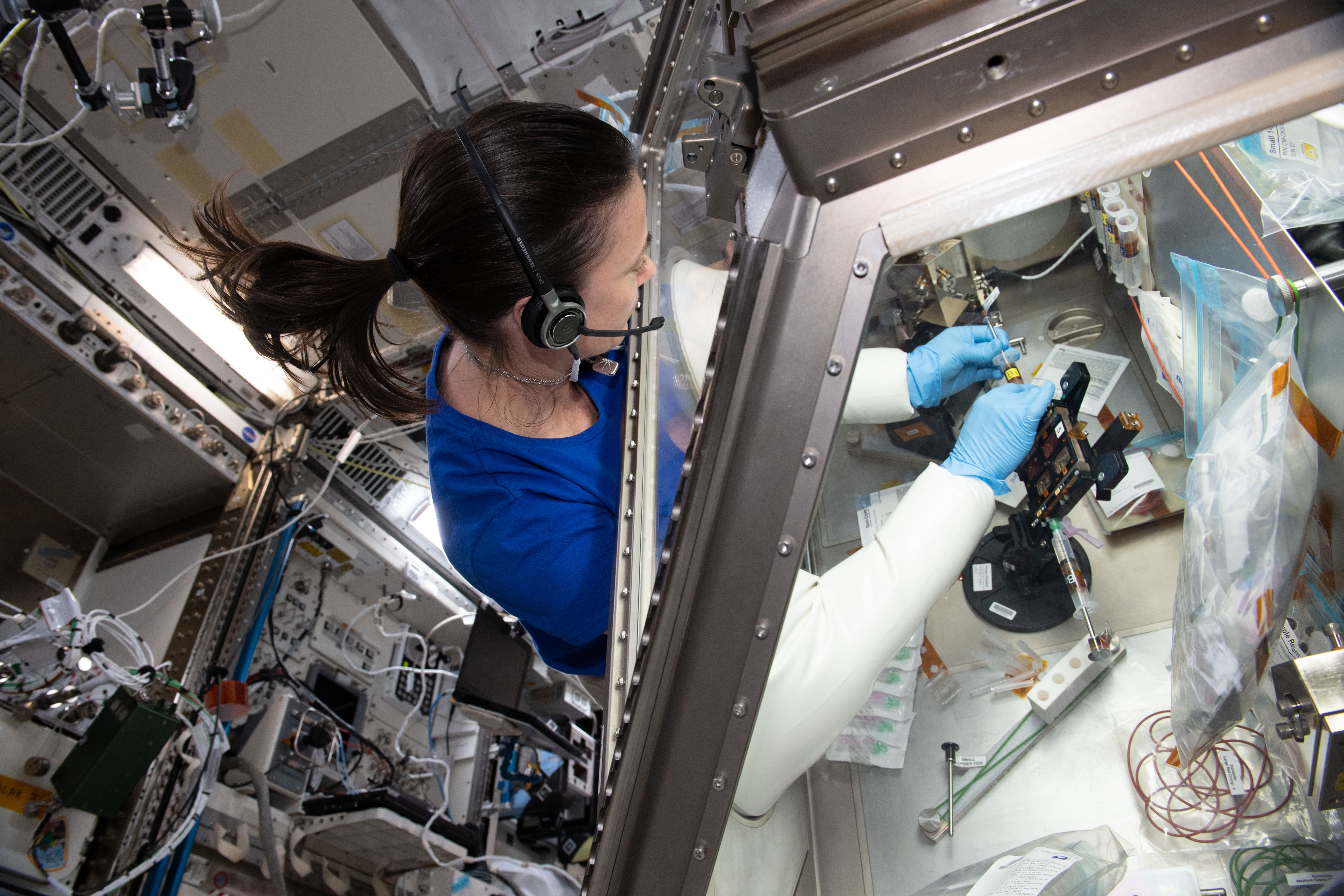Achieving the Science Mission Directorate’s groundbreaking science goals often requires significant technological innovation—e.g., new instruments or cutting-edge capabilities. Each SMD science division—Astrophysics, Biological and Physical Sciences, Earth Science, Heliophysics, and Planetary Science—develops new technologies targeted to enable SMD science. Often, these efforts are accomplished via division-sponsored technology development or mission programs. The directorate also sponsors collaborative workshops where stakeholders examine how innovative technologies can enable Agency missions. In addition, SMD coordinates with other NASA directorates, government agencies, industry, and academia to ensure its research programs and missions have the technology they need to accomplish revolutionary science.
Technology Highlights

A NASA-sponsored team at the University of Iowa (UI) is restoring and advancing the nation’s capability to make high-fidelity magnetic…
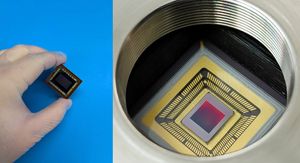
Advancing Single-Photon Sensing Image Sensors to Enable the Search for Life Beyond Earth A NASA-sponsored team is advancing single-photon sensing…

A collaboration between NASA and the small business Aloft Sensing produced a new compact radar system that will enable researchers…
Quantum sensing for NASA science missions
NASA develops technologies for space-based quantum sensing and communications, studies quantum processes in space to advance physics, and explores quantum computing for complex science problems. This paper highlights quantum sensors flown on missions, current investments, and potential applications for studying stars, planets, the Sun, Earth, and fundamental matter.
Read the full article



























